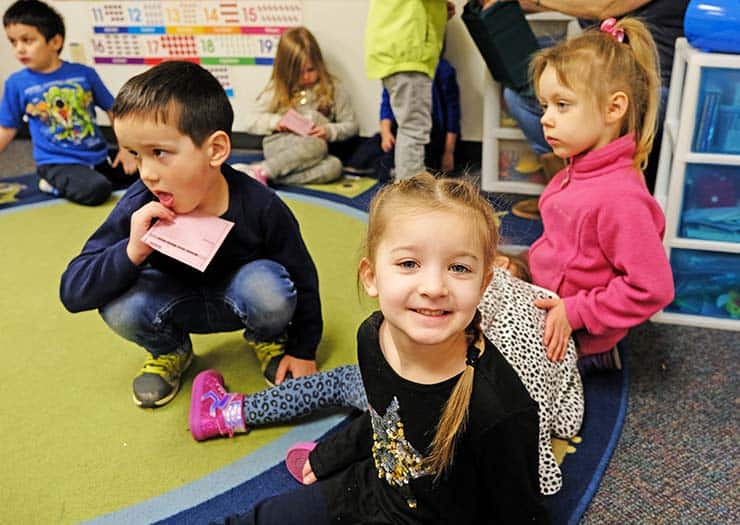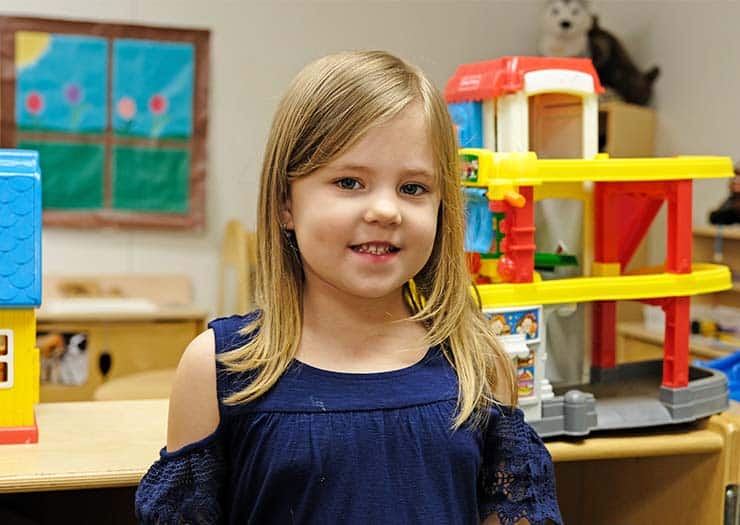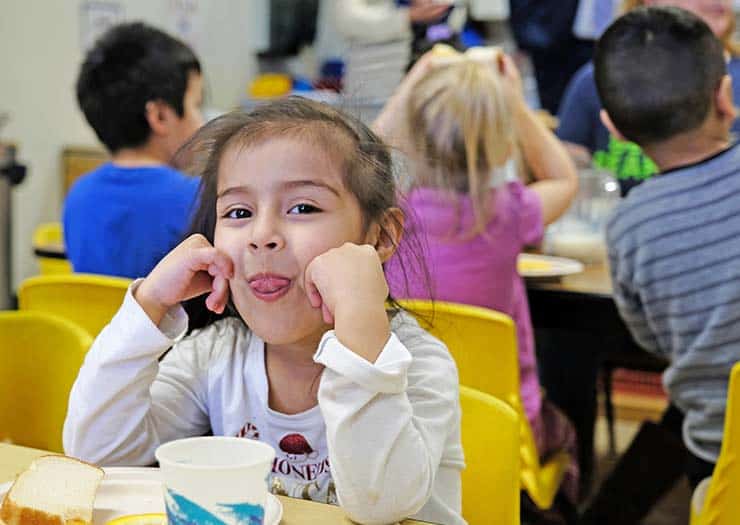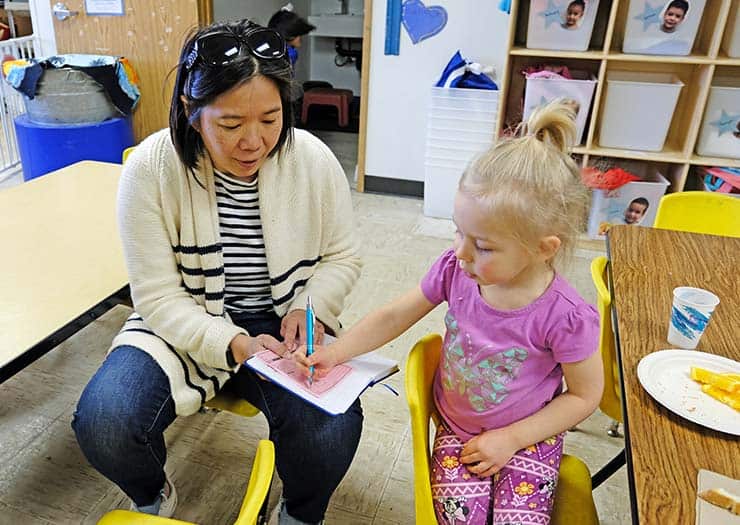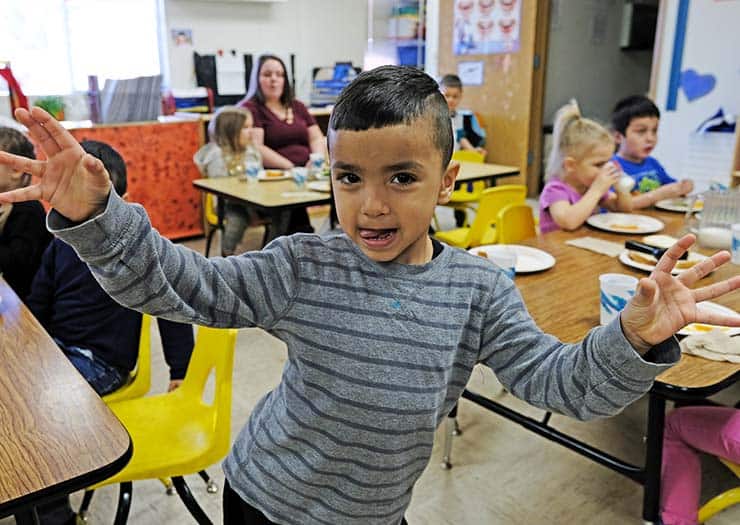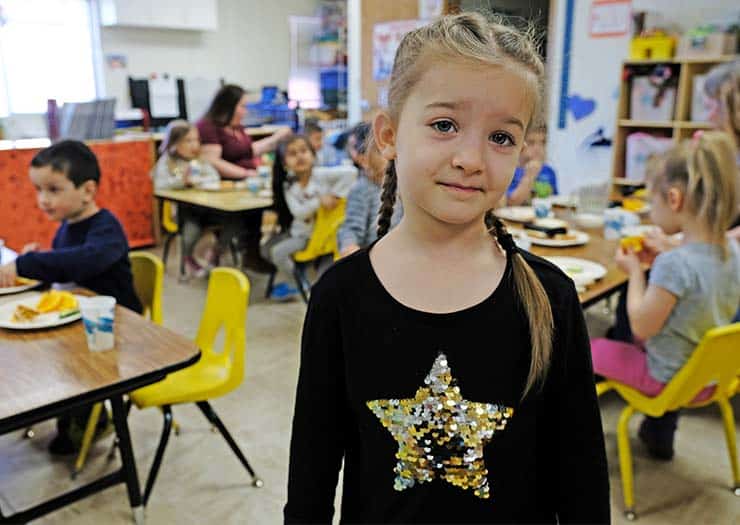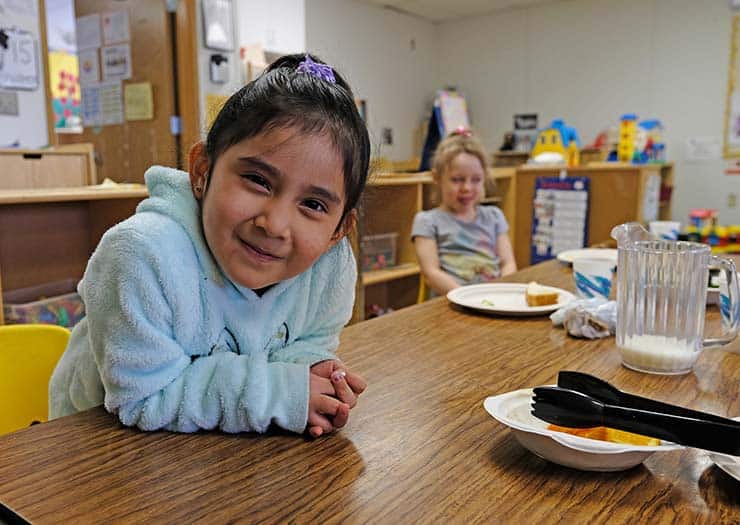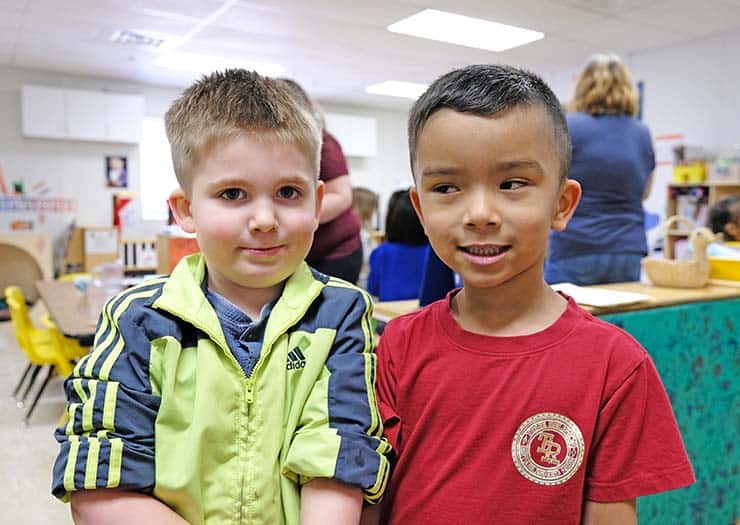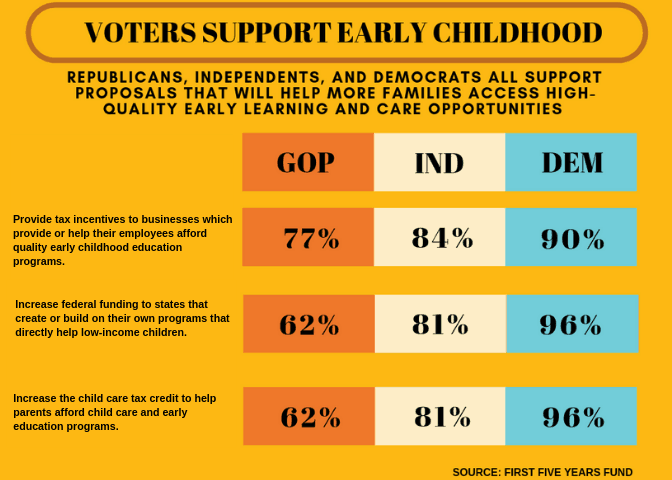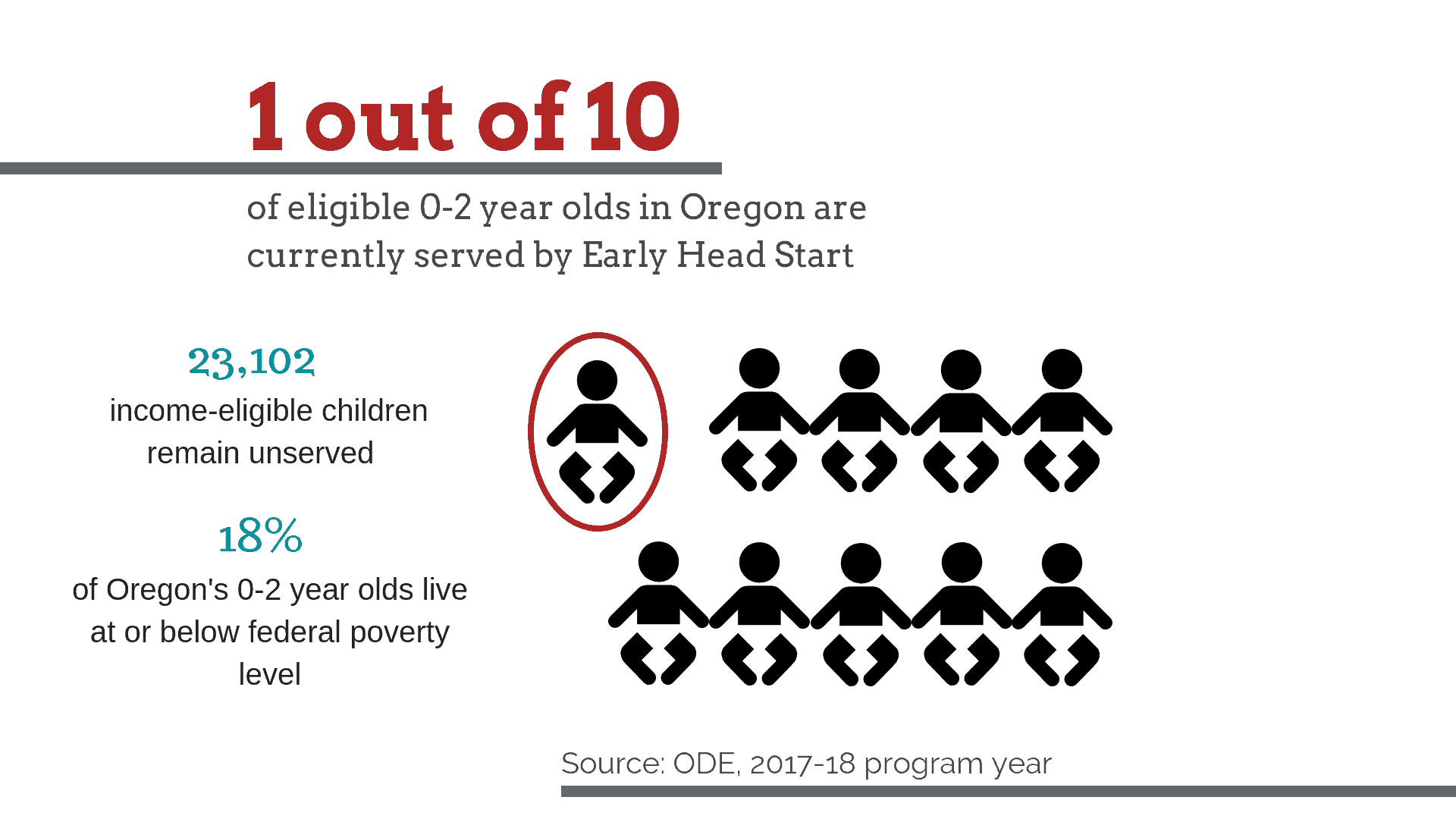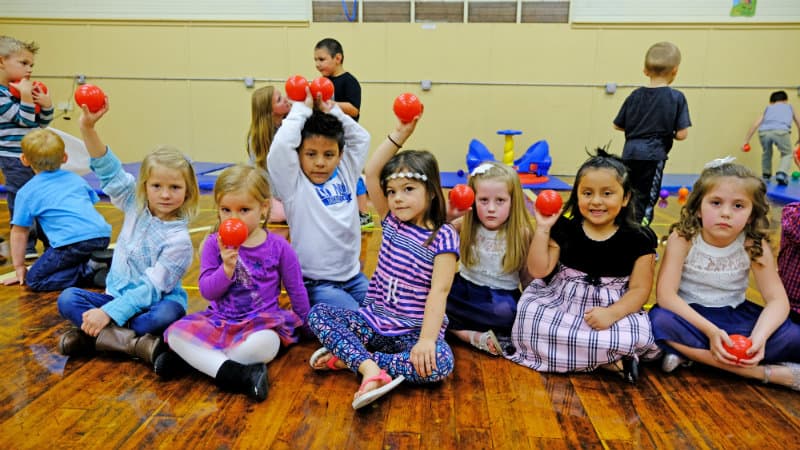
What Does Passage of the Student Success Act Mean for Early Childhood?
Education supporters across the state celebrated passage of the Student Success Act (HB 3427) on Monday. This historic investment of $2 billion promises to reinvigorate Oregon’s education system by funding a range of programs to boost student achievement and increase graduation rates. Governor Kate Brown is expected to sign the bill later this week.
Notably, 20 percent of the budget, or $400 million will fund early childhood programs and services — a clear recognition of the importance of starting early to close opportunity gaps and set kids on a path to success. According to a new report by the Center for American Progress, only California, Colorado, New Mexico and the District of Columbia have proposed new spending that commits more dollars per child for specific early learning investments for children under age 6.
HB 3427 Distributions & Expenditures (2020-2021)
HB 3427 will be funded via a 0.57 percent tax on businesses with more than a million dollars in Oregon sales. Businesses can also subtract 35 percent of either their capital or labor costs.
There is also a corresponding .25 percent cut to personal income tax rates to offset potential increased costs to consumers. An estimated 40,000 businesses in Oregon will be impacted by the new tax.
A Strong Start From Birth
$28.1 million of the early learning budget is directed to programs for infants and toddlers, an approach that may not seem directly tied to education but has been highly effective in improving longer-term outcomes. Every experience is a learning experience for young children, so programs like voluntary home visiting, Relief Nurseries, Early Head Start, and parenting education programs will help strengthen these important parent-child bonds.
Thousands More Kids Will Have Access to High Quality Preschool
$77.5 million per year — the largest portion of the early childhood portion of the budget — will add full-day slots and boost half-day to full-day slots for both Oregon PreKindergarten and Preschool Promise.
>Early Intervention and Early Childhood Special Education Programming Will be Fully Funded
>
$37.5 million per year is allocated to early intervention and early childhood special education programming. Full funding was one of the key recommendations by the Early Childhood Coalition. Oregon Department of Education data from 2018 showed that only three percent of children diagnosed with high needs and 14 percent of those with moderate needs received special education services at the recommended service levels. Only 34 percent of children enrolled in early intervention received services at the recommended service levels.
A Well-Qualified and Trained Workforce Will Help Improve, Expand Quality Programs
$12.5 million will go towards professional and workforce development for early childhood workers. Advocates were clear that plans to increase the number of programs and slots available must also be paired with strategies to support highly-trained staff to deliver them, a lesson learned from preschool expansion efforts in other states.
More Intentional Effort to Close Opportunity Gaps for Children of Color and Dual Language Learners
$10 million will create a new Early Learning Equity Fund to support culturally specific early learning, early childhood, and parent support programs. Children of color and dual language learners are the fastest growing population of children in the state.
What’s Next?
Despite broad bipartisan support for the specific investments funded, advocates may need to mobilize against a referral effort in 2020.



 Ask 3-year-old Gianna what her favorite thing about school is and she answers with her entire body. She springs up out of her chair—cheese sandwich still in hand—and punctuates her answer with two raised arms.
Ask 3-year-old Gianna what her favorite thing about school is and she answers with her entire body. She springs up out of her chair—cheese sandwich still in hand—and punctuates her answer with two raised arms.
